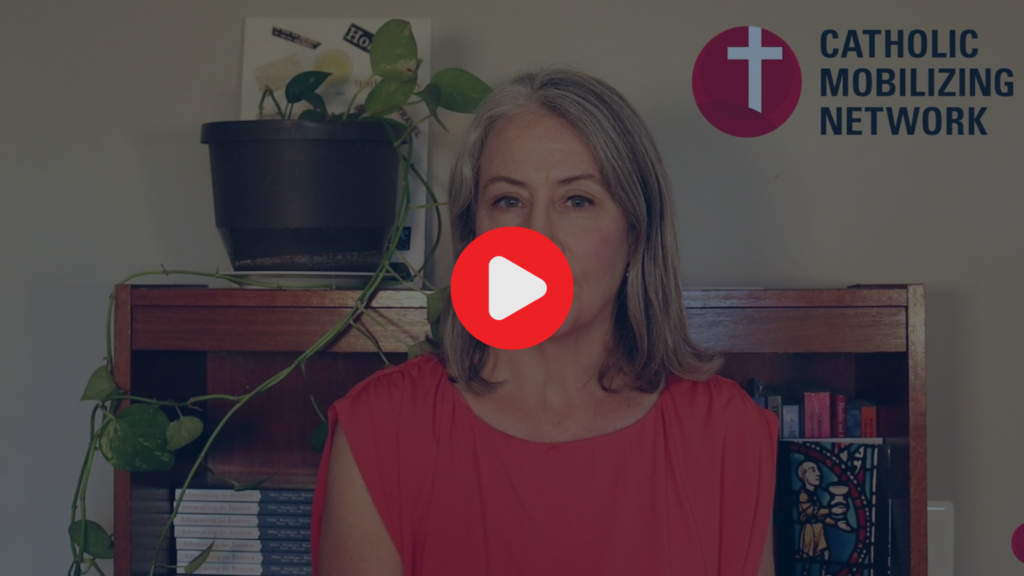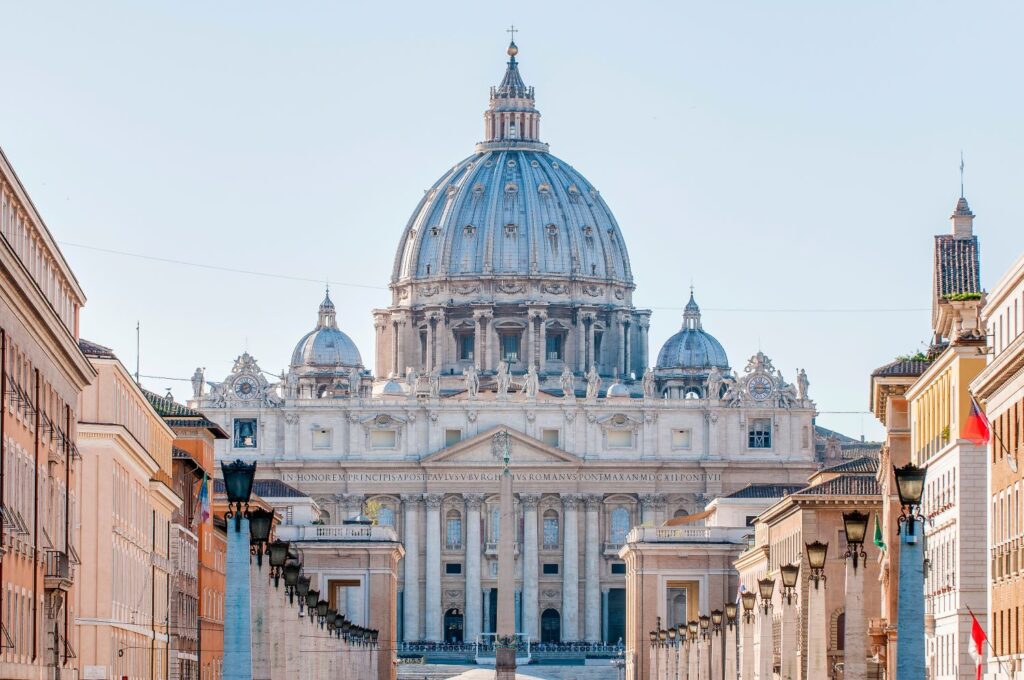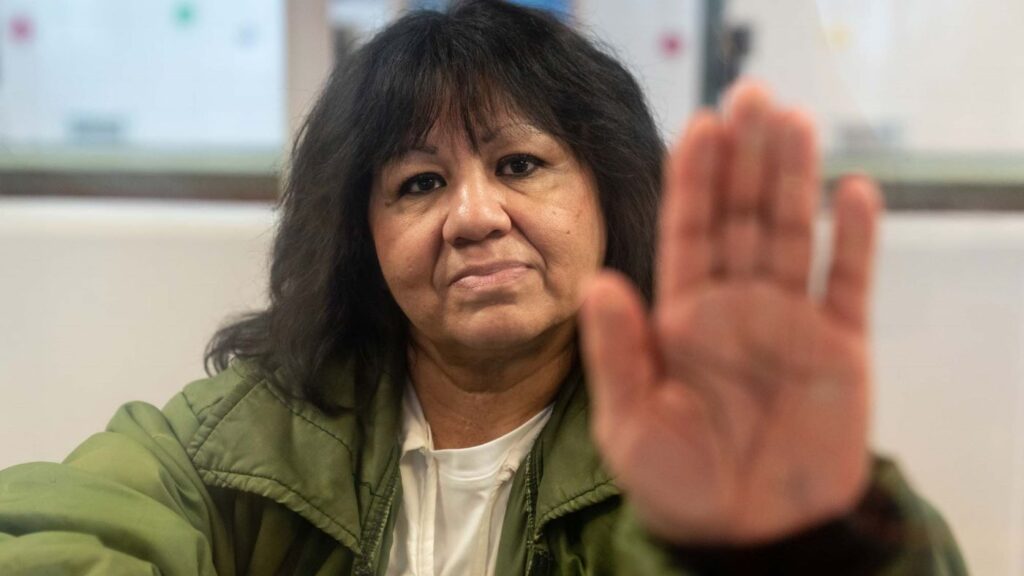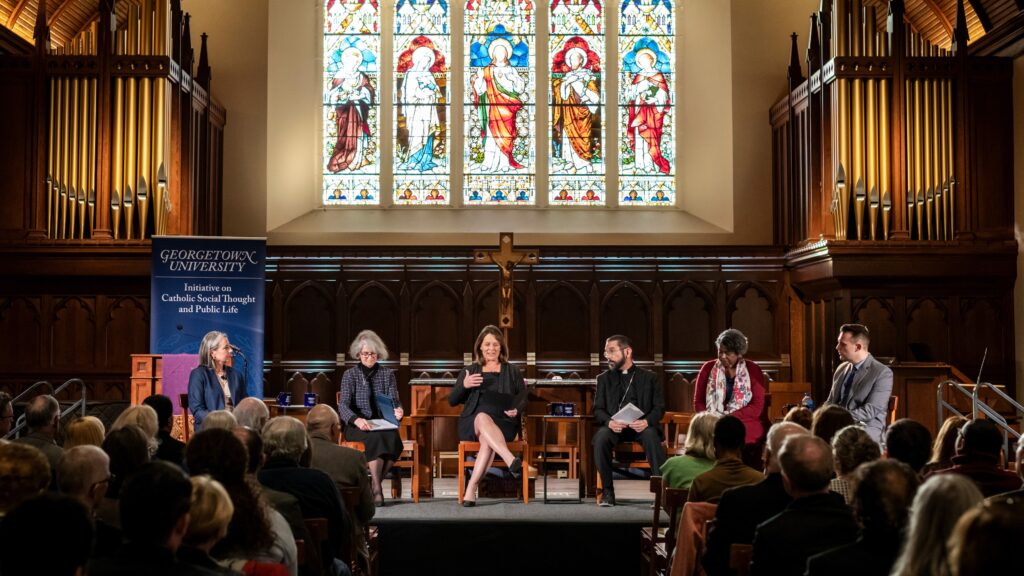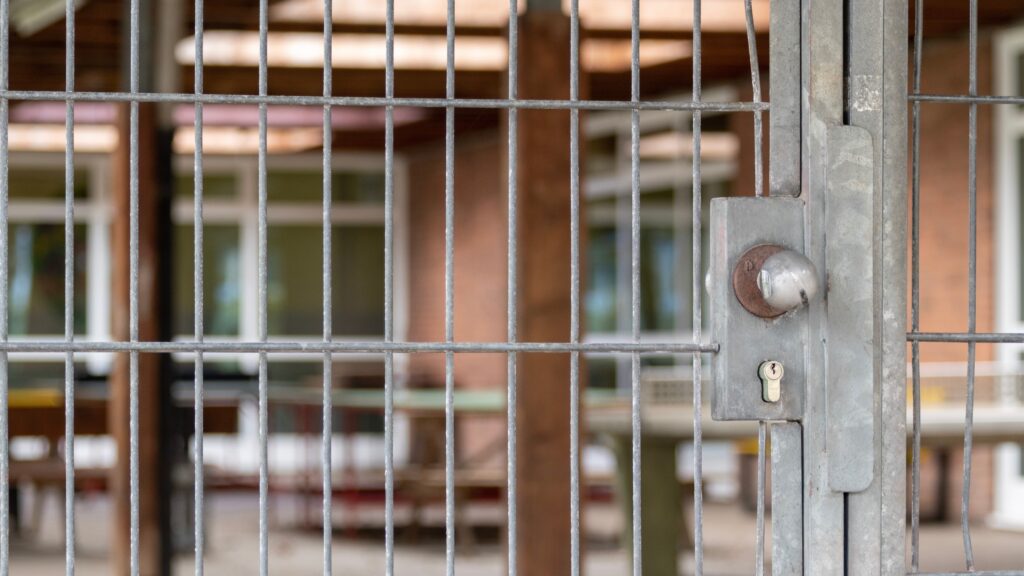When an Execution Becomes State-Assisted Suicide
Content warning: This post contains references to suicide. Please read with care.
James Phillip Barnes is what’s known as a “volunteer” for the death penalty. The state of Florida is scheduled to execute him on August 3, in part because he’s fired his lawyers and waived his appeals.
Essentially, he is asking to die. And the state appears ready to oblige.
Reading James’ story, I was struck by an uncomfortable prick of familiarity. The details are all too similar to a case I was involved in many years ago. In that case, Michael also dropped all his appeals, forcing Connecticut — a state that had not executed anyone in 45 years — to move forward with his execution.
Many people, Catholics included, like to think about the death penalty in superficially clear-cut terms: a punishment reserved for the most violent of criminals. Even if this were accurate, there’s the issue of human dignity — even people who’ve committed grave harm have a claim to the sanctity of life.
But what happens when the illusion of simple, straightforward punishment crumbles, and we’re faced with an execution that’s become a thinly-veiled attempt at state-assisted suicide? Must we then reckon with the death penalty in a new way?
When I first met Michael, he had already lost his will to live. He had attempted suicide three times in prison. He wrote to me, asking that I accompany him during his last months on death row, but with one emphatic restriction: he was not willing to discuss his decision to forgo his appeals and force the state to carry out his execution.
His rule gave me pause. But after much consideration, I agreed to visit him anyway.
In our visits and in his writings during that time, Michael spoke frequently about the “peace” he was looking forward to in death, a peace which had eluded him for so long. A priest friend of Michael’s agreed to celebrate Liturgy on the day of his execution. The Gospel reading was the passage in which Jesus admonishes Peter that he would “be led where he did not want to go.”
During our last visit, I tried — unsuccessfully — to convince Michael that perhaps he was being led away from death and back to life. But he did not see it that way.
I can’t help but wonder if James Barnes is looking for “peace” too. Born in Florida, James’ childhood was rife with abuse and neglect. His twin sister describes violent beatings at the hands of their father. None of their three other siblings escaped unscathed; all succumbed to addiction, suicide, mental illness, or criminal behavior later in life.
Of course, none of this excuses the harm James went on to commit. In 2005 — the same year Michael was executed — while serving out a sentence for another crime, he pleaded guilty to the 1988 murder of Patsy Miller and was sentenced to death.
In this life, James has repeatedly been told that he is worthless. It began with his father’s violence, a relentless cycle of harm he would later go on to perpetuate, and continued with the state sealing his fate and marking him a dead man.
It seems as though James has come to believe that this message about his worthlessness is true. He now wants to die. Ironically, in the days leading up to his scheduled execution he will probably be placed on “suicide watch,” where he will be monitored 24 hours a day to prevent any attempts at suicide on his part.
Sadly, James’ and Michael’s stories are not unique. Since the reinstatement of the death penalty in 1976, there have been at least 150 so-called “volunteers” executed, which accounts for 10% of all executions. In Nevada alone, 12 of the last 13 scheduled executions were cases in which the condemned person had given up all appeals. In 2018, a man named Scott Dozier, frustrated that his execution date was postponed several times after he had volunteered, died by suicide in his cell.
We as Catholics are called to protect and promote the lives and dignity of each and every person, especially those in need, and regardless of age or stage in life, ability, immigration status, race, religion, gender, or any other factor. It is this belief that leads the U.S Bishops to condemn assisted suicide as strongly as they have capital punishment. In “To Live Each Day with Dignity,” their 2016 letter against euthanasia, the bishops wrote: “People who request death are vulnerable. They need care and protection. To offer them lethal drugs is a victory not for freedom but for the worst form of neglect. . . [When] we are tempted to lose heart, we should be surrounded by people who ask ‘How can we help?’”
How can we help — particularly when those requesting death are in places possibly distant to us, like death row? We can start by consistently proclaiming the Church’s teaching that the death penalty is “inadmissible” — period. Whether a convicted person desires death or life, the Church is “firmly committed to calling for [capital punishment’s] abolition worldwide” (Fratelli Tutti).
And we can continue to oppose every execution — even in cases like James’, when the person has “volunteered”— providing a consistent witness that no life is worthless.

